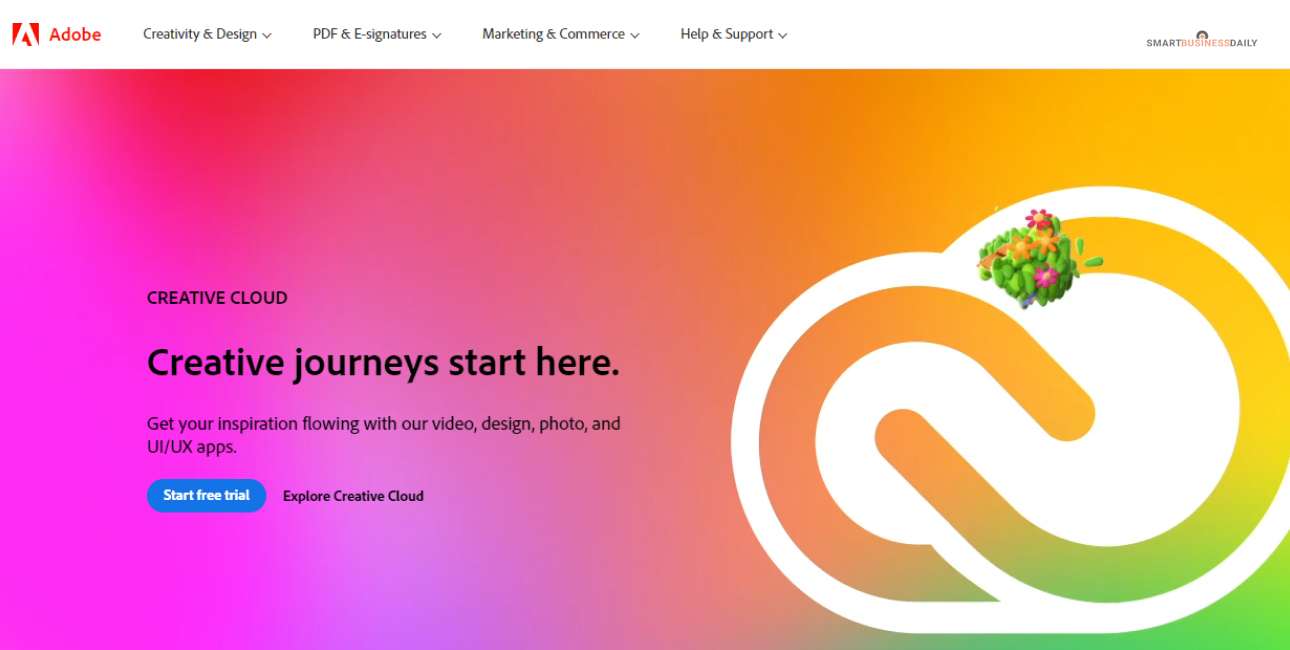How To Optimize Images For SaaS Websites?
5 Mins Read
Published on: 27 February 2023
Last Updated on: 25 September 2024

- What Is Image Optimization?
- What Are SaaS Websites?
- What Is Filestack Image Intelligence?
- How Do You Optimize Images For SaaS Websites Using Filestack?
- Why Should You Choose Filestack For SaaS Websites Image Transformations?
- 1. Ease Of Use:
- 2. Comprehensive Transformations:
- 3. Real-Time Processing:
- 4. Scalability:
- 5. Security:
- 6. Integration Options:
- FAQs:-
- And It’s A Wrap!
Large, unoptimized images can slow down our website and negatively impact the user experience.
Optimizing images can reduce their file size and ensure that they load quickly, providing a better overall experience. Therefore, by using Filestack image recognition API, we can easily optimize our images and improve the performance of our website.
As a matter of fact, optimizing images can improve our website’s SEO, as search engines favor fast-loading websites.
Moreover, large, unoptimized images can consume a significant amount of bandwidth. It can lead to increased hosting costs. By optimizing images, we can reduce their file size and lower your bandwidth costs.
Apart from that, there are several other benefits, such as increased engagement. Hence, let’s check out how to implement image optimization functions inside a SaaS website.
What Is Image Optimization?
Image optimization is the process of reducing the file size of an image while maintaining its quality. It helps to load images quickly and efficiently on websites and other digital platforms. Image optimization aims to balance image quality with file size. It ensures that images are small enough to load quickly but still have good visual quality.
As a matter of fact, Image optimization is an important part of website performance optimization. A high-performing SaaS website comes with optimized images. Let’s check out what a SaaS website is.
What Are SaaS Websites?
SaaS (Software as a Service) websites are online platforms that offer software applications on a subscription basis over the Internet. Instead of purchasing and installing software on individual computers, customers can access SaaS applications from anywhere through a web browser.
SaaS websites typically provide a wide range of applications, including project management, customer relationship management (CRM), human resources management, and more. The SaaS provider hosts and maintains these applications, and customers pay a monthly or yearly fee to access them.
These websites are beneficial for both businesses and individuals. Furthermore, these platforms offer a cost-effective and convenient way to access software applications without the need for expensive hardware or IT infrastructure. SaaS websites also typically offer frequent updates and support, making it easier for customers to keep their software up-to-date.
What Is Filestack Image Intelligence?
Filestack Image Intelligence is an AI-powered image analysis and manipulation tool offered by Filestack. These tools allow you to perform various tasks on images. Some examples are identifying objects, faces, and text within an image, automatically cropping images to a specific aspect ratio, and improving image quality.
With Filestack Image Intelligence, we can automate many manual tasks associated with image management.
For example, resizing and cropping, improving the accuracy and consistency of our image transformations. This can save us time and improve the quality of our images, enhancing the user experience on our SaaS website.
- Object detection
- Face detection
- Image enhancement
- Image cropping
How Do You Optimize Images For SaaS Websites Using Filestack?
To optimize images for a SaaS website using Filestack, we can follow these steps:
Sign up for a Filestack account and get an API key.
Note that there are free and paid account subscriptions. It can give us access to image transformation tools.
Integrate Filestack into your SaaS website using their API and SDK.
It is interesting to note that we require only two lines of code to integrate Filestack. Moreover, we can get those lines of code from the Filestack website.
When uploading an image, use the “resize” and “compress” transformations.
It helps us adjust its dimensions and reduce its file size respectively. Moreover, we can upload our images using a drag-and-drop option. Note that Filestack image optimization is based on URLs.
Use the “format” transformation to convert the image to a web-optimized format, such as JPEG or WebP.
Use crop transformation to crop the image using a specific aspect ratio.
It is interesting to note that we can also set the image optimization level through Filestack.
Store the optimized image using Filestack’s storage solutions or integrate it with your existing cloud storage.
Why Should You Choose Filestack For SaaS Websites Image Transformations?
There are several reasons why we may choose Filestack for SaaS website image transformations:
1. Ease Of Use:
Filestack provides a user-friendly API and SDK, making it easy to integrate into our SaaS website and perform image transformations.
2. Comprehensive Transformations:
Filestack offers various image transformations, including resizing, compressing, format conversion, and cropping. It allows us to optimize images for web performance and visual quality.
3. Real-Time Processing:
Filestack performs image transformations in real time, so our images are optimized as soon as they are uploaded.
4. Scalability:
Filestack can handle large volumes of image transformations, making it suitable for SaaS websites with many users.
5. Security:
Filestack provides robust security features, such as secure file storage and encrypted communications. It ensures the safety of our images and data.
6. Integration Options:
Filestack integrates with a wide range of cloud storage providers, so we can easily store your optimized images. Moreover, we can access them from anywhere.
FAQs:-
We have already discussed some of the important aspects of optimizing images for your SaaS website. However, we have scoured the internet and have found these questions. Here are some of the FAQs on the topic to enhance clarity.
The Filestack API is an application programming interface (API) that allows developers to integrate Filestack’s image transformation and optimization tools into their applications and websites.
The safety and security of file-sharing apps can vary greatly, and it’s important to consider factors such as encryption, access controls, and data privacy when choosing a file-sharing app.
Here are a few apps that are often considered to be among the safest:
⦿ Sync.com
⦿ Tresorit
⦿ pCloud
⦿ Filestack.
Yes. The file-sharing sites are safe if we choose the right brand, such as Filestack.
There are several free file-sharing services that allow you to upload and share your files with others. Some examples are MediaFire, Google Drive, and Dropbox.
And It’s A Wrap!
In summation, this is what you need to do in order to optimize images for your SaaS websites.
Therefore, if you own a SaaS website and you are looking to make it aesthetically more appealing, then you should follow these aforementioned tips and tricks.
Keep following our page for more such content on business and tech. Thank you, and have a great day ahead.
Additional Reading:


















Comments Are Closed For This Article